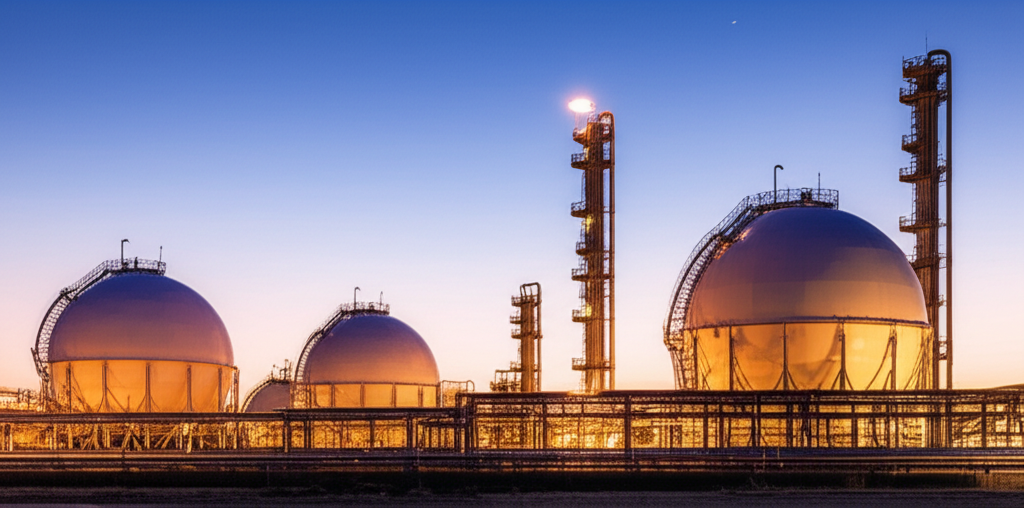Sulfasalazine, a critical sulfonamide antibiotic primarily used to treat inflammatory bowel diseases like ulcerative colitis, achieves its therapeutic effects by splitting into 5-aminosalicylic acid and sulfapyridine in the gut. This combination combats inflammation through antibacterial actions and immune suppression. Despite its medical importance, traditional synthesis routes, which involve diazonium reactions of sulfapyridine with salicylic acid, face persistent challenges including prolonged reaction times, localized overheating, and hydrolytic degradation of intermediates—leading to low yields and impurities. For instance, methods using sodium nitrite in aqueous phases, as seen in prior literature, or organic solvents like in older approaches, demand strict temperature regulation to mitigate heat release and hydrolysis. Even recent improvements employing tube reactors partially boost yields but remain impractical for large-scale applications due to stringent thermal constraints.
To overcome these limitations, a groundbreaking synthesis process has been developed, radically simplifying production by leveraging the reaction between compound I and compound II under controlled conditions. This approach eliminates the need for complex diazonium chemistry entirely, instead involving an acid-catalyzed or neutral/base-mediated coupling where R and R2 substituents can vary. Typically, R denotes hydrogen, alkyl groups (such as methyl, ethyl, or isopropyl), cycloalkyl, phenyl, or aralkyl entities, with R2 as hydrogen or COR3 groups like acetyl derivatives. The salts involved may include inorganic forms like hydrochlorides or sulfates, or organic variants like acetates, optimizing reactivity and stability. Crucially, this reaction operates across 0°C to reflux temperatures, typically 20-55°C, with acids such as hydrochloric, acetic, or sulfuric facilitating the process without mandatory cooling steps. Solvents like alcohols (e.g., methanol or ethanol), ketones, ethers, amides (e.g., DMF), or sulfones (e.g., DMSO) can be optional but aid dispersion and contact efficiency. This flexibility ensures robust performance on an industrial scale, as hydrolysis-driven side reactions are minimized.
Key operational steps often include adding compound I to water with an acid, then gradually introducing a solvent-dissolved compound II. For example, in one embodiment, a mixture of compound I with hydrochloric acid in water at 30-35°C is reacted with a methanol solution of compound II, followed by heating to 45-50°C. The product readily crystallizes from the solution, streamlining purification. A notable innovation involves hydrolysis of the resultant compound III, achieved under acidic conditions using agents like concentrated H2SO4 or HNO3, or basic conditions with NaOH or KOH, to form pure Sulfasalazine. Mole ratios of compound I to acid range from 1:2 to 1:6, enhancing reaction kinetics, while water addition—especially in aqueous environments—accelerates dissolution and shortens overall times. Such refinements boost yields significantly, often exceeding 98% purity with HPLC validation, as demonstrated in lab trials where reactions completed within efficient timeframes without temperature-related setbacks.
The advantages of this new synthesis extend beyond chemical efficiency. Unlike older methods requiring exact thermal management, which often led to runaway reactions in plant settings, this process delivers consistent performance across broader temperature ranges. This stability reduces equipment complexity and energy consumption, potentially lowering production costs. Moreover, avoiding sensitive diazonium salts cuts down unwanted byproducts, increasing crude drug yields by 5-15% in comparative tests. This breakthrough supports broader access to high-quality Sulfasalazine worldwide, aiding drug affordability and availability for chronic disease patients—an advancement poised to transform pharmaceutical manufacturing while adhering to environmental sustainability through reduced waste.

Manufacturing Facilities






Professional Export Experience
to Global Customers

1. 20 years of R&D, manufacturing and sales experience, serving customers in 60 countries and regions around the world;
2. Own R&D laboratory, pilot platform and large-scale production workshop, which can meet the audit requirements of global customers;
3. We can satisfy customers' perfect transition from small scale lab requirements (gram level) to commercialization requirements (hundred tons level).
A: We don't have Minimum Order Quantity, exact quantity should be provided before quotation for us to calculate the exact cost.
A: We don't provide free samples due to lots of request and expensive international courier's cost, we can deduct the sample charge after commercial order placed.
A: Our payment terms: Small or sample order: T/T IN ADVANCE. Commercial order: First order should be by T/T IN ADVANCE or L/C at sight, and following orders T/T 30~90days is acceptable subject to approval of credit application.